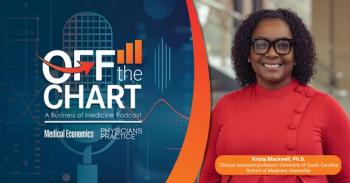
Blueprint for VBC: Making data actionable with predictive analytics and AI

Jason Jobes of Norwood shares why mastering data interpretation is key to driving performance and reimbursement under VBC.
As
“It can give you the data, but it doesn’t make it information,” Jobes says. “The biggest thing organizations need to do is learn how to interpret the data they get, create information out of it, and actually use that to drive change — empower their teams all the way from the frontline individual to their executives.”
While he sees value in AI, Jobes warns that hype and high costs can obscure simpler solutions. “You can do so much with just pure numbers,” he says. “If organizations just understood their numbers, they probably could actually spend less than what they’re doing now in this AI world.”
He believes the future lies in practical applications, especially wearable technology. “I think AI and predictive analytics from a wearable standpoint in
Newsletter
Stay informed and empowered with Medical Economics enewsletter, delivering expert insights, financial strategies, practice management tips and technology trends — tailored for today’s physicians.
















